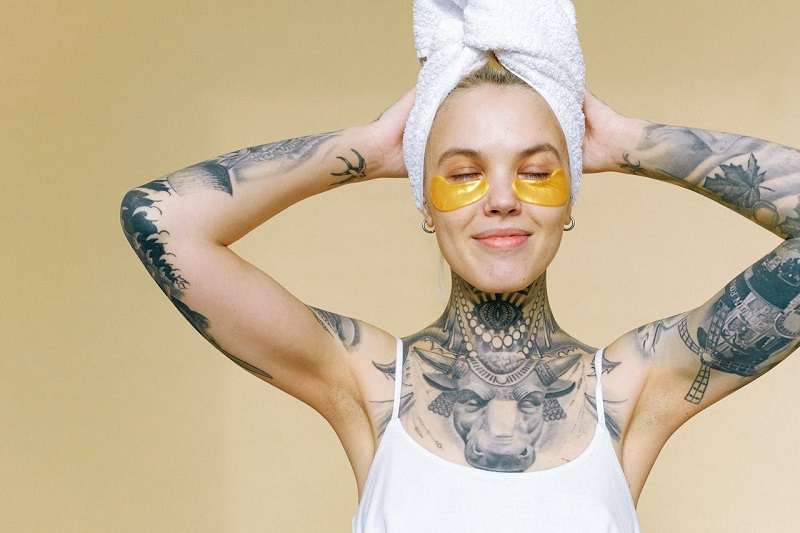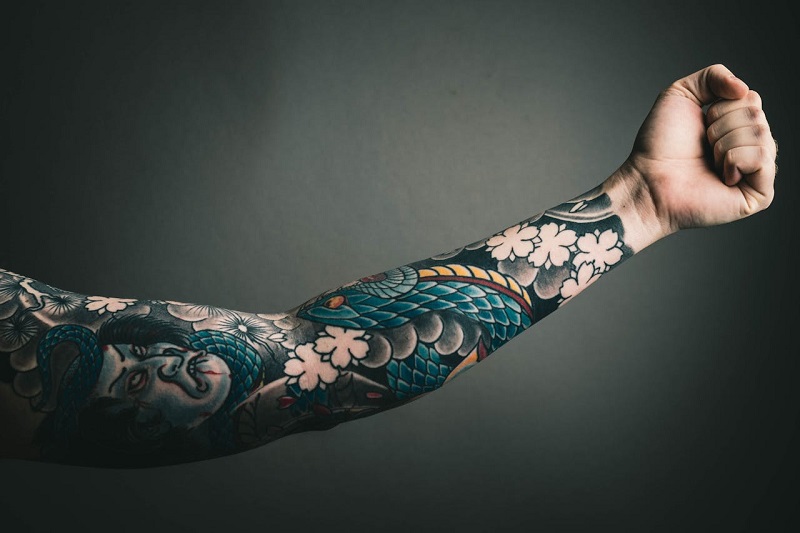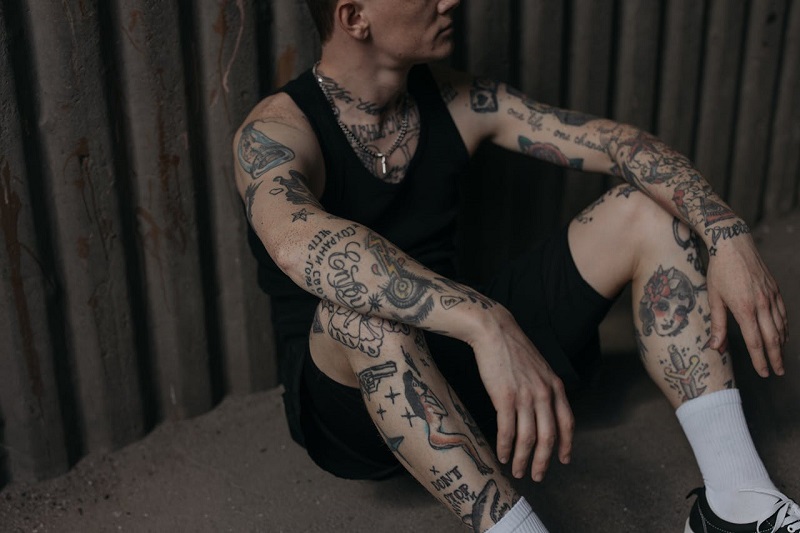Imagine getting a stunning tattoo only to realize that its placement doesn’t resonate with you in the way you hoped.
The truth is, where you place your tattoo can significantly affect its meaning and your connection to it.
This article will uncover the often-overlooked importance of tattoo placement alongside design, highlighting how these elements work together to create a cohesive story on your skin.
Join me as I unpack the factors that should guide your decision-making process for an impactful tattoo experience.
1. Visibility and Social Perception

How placement affects who sees your tattoo
Placement determines the visibility of your tattoo in various social, professional, and personal settings.
A visible tattoo on the forearm or neck can make a bold statement, while one on the upper back or thigh may be more private and personal.
Consider the environments where your tattoo will be seen and how it may influence others’ perceptions.
Balancing personal expression with discretion
- Visible areas can express confidence and individuality.
- Hidden areas offer privacy and flexibility for professional settings.
- Placement choices can affect social interactions and first impressions.
2. Body Contours and Aesthetic Flow
Working with your body’s natural curves
Tattoos that align with the body’s natural contours appear more harmonious and visually appealing.
Strategic placement enhances the design’s shape, emphasizing muscles, curves, or bone structure. Misaligned tattoos may appear distorted or awkward over time.
Designs that flow with the body
- Arm sleeves wrap naturally around muscles for dynamic effect.
- Spine tattoos follow the line of the back for symmetry.
- Leg tattoos can elongate or accentuate the limb.
3. Pain Tolerance and Healing

Placement affects tattoo pain levels
Some areas of the body are more sensitive than others.
Placement near bones, joints, or thin skin can be more painful, while fleshier areas like the upper arm or thigh are generally less so.
Understanding your pain tolerance helps you make informed decisions about placement.
Healing considerations
- Areas that experience constant friction may take longer to heal.
- Placement in flexible or high-movement zones can affect ink retention.
- Proper aftercare is easier when the tattoo is in a manageable area.
4. Meaning and Symbolism
Placement enhances significance
Placement can reinforce the meaning of a tattoo.
For instance, a heart tattoo over the chest emphasizes love and emotion, while a tattoo on the wrist may serve as a personal reminder visible to yourself frequently.
Cultural or personal symbolism often influences placement choices.
Examples of symbolic placements
- Spiritual symbols on the back or chest for protection or devotion.
- Words or quotes on forearms for daily inspiration.
- Tribute tattoos over the heart to signify personal connections.
5. Longevity and Maintenance

How placement impacts durability
Tattoos in areas exposed to sunlight, friction, or frequent movement may fade faster.
Placement on inner arms, upper back, or thighs often ensures longevity. Considering these factors helps preserve the design’s clarity and color for years to come.
Maintenance tips based on placement
- Apply sunscreen on exposed tattoos to prevent fading.
- Moisturize regularly to maintain skin elasticity and vibrancy.
- Choose placements that reduce rubbing against clothing or surfaces.
Conclusion
Tattoo placement is as vital as the design itself because it affects visibility, aesthetic appeal, pain experience, personal meaning, and longevity.
A tattoo that is perfectly designed but poorly placed may not convey the intended message, may heal improperly, or fade faster due to friction or sun exposure.
Conversely, thoughtful placement enhances body contours, emphasizes symbolism, and ensures the tattoo complements the individual’s lifestyle.
Considering factors such as professional environment, personal expression, pain tolerance, and daily wear allows you to make an informed choice.
Placement decisions also influence how others perceive your tattoo, whether it serves as a private symbol or a public statement.
By integrating design and placement, a tattoo becomes a cohesive work of art that reflects personality, values, and aesthetics.
Ultimately, careful planning maximizes both the visual impact and the personal significance of the tattoo, ensuring it remains meaningful and visually striking for years.
Prioritizing placement alongside design is essential for anyone seeking a tattoo that is not only beautiful but also functional, expressive, and enduring.
Frequently Asked Questions
- Q1: Why does tattoo placement matter?
- A1: Placement affects visibility, pain, aesthetic flow, symbolism, and how well the tattoo ages, making it as important as the design itself.
- Q2: Which areas are the most painful for tattoos?
- A2: Areas near bones, joints, ribs, and thin skin, such as the spine, ribs, and ankles, tend to be more painful during tattooing.
- Q3: How can placement enhance a tattoo’s meaning?
- A3: Strategic placement can reinforce symbolism, such as a heart over the chest representing love or a wrist tattoo as a daily reminder.
- Q4: Which placements are best for longevity?
- A4: Inner arms, upper back, thighs, and areas protected from sun and friction typically preserve color and detail longer.
- Q5: Should I consider my lifestyle when choosing placement?
- A5: Yes, factors like professional environment, clothing friction, sun exposure, and daily activity should influence tattoo placement for optimal results.
Other Blog Posts
- 5 Reasons Short Haircuts Will Never Go Out of Style
- Why Some Hair Trends Fade While Others Stay Forever
- 5 Living Room Features Guests Always Notice First
